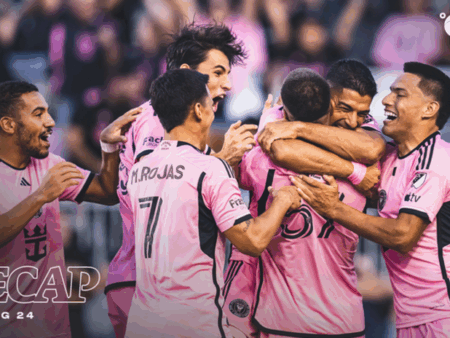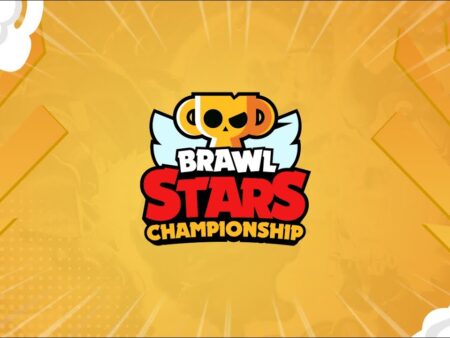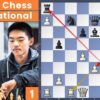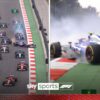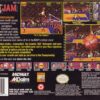In the high-stakes world of mixed martial arts, where champions are forged and legacies are cemented, a seismic ripple has emerged from outside the sport’s most prominent octagon. PFL Light-Heavyweight champion Corey Anderson, a man who has tasted the highest levels of competition across multiple organizations, has thrown down a verbal gauntlet. His target? None other than the reigning UFC Light-Heavyweight king, Alex Pereira, a striker of unparalleled power and precision. Anderson’s audacious claim isn`t just a casual remark; it`s a declaration of intent, a belief that his grappling prowess could neutralize Pereira’s striking and, in doing so, crown him the undisputed greatest of all time at 205 pounds.
The “Overtime” Champion`s Conviction
Corey Anderson`s journey has been one of consistent excellence, even if it hasn`t always garnered the mainstream spotlight. After a successful run in the UFC, which saw him defeat notable contenders and lament what he perceives as a missed shot at then-champion Jon Jones, Anderson ventured into Bellator and later the PFL, where he recently consolidated his position as a two-promotional champion. His confidence stems not just from his collection of belts, but from a deep understanding of his own skill set.
“I`m not going to come out here and be like `I can outstrike Alex Pereira`, a Glory kickboxing champion,” Anderson candidly admitted. “Of course not, that`s stupid… Now I know you fight at what you’re good at.”
This self-awareness is key. Anderson isn’t proposing a stand-up war, a tactic he admits cost him in a rematch with Jan Blachowicz. Instead, his strategy is rooted in the timeless MMA truth: a superior grappler can often dictate where a fight takes place. His history with Glover Teixeira, Pereira`s coach and a former UFC champion himself, further fuels this conviction. Anderson recalls how he instinctively resorted to wrestling against Teixeira, a blueprint he believes would serve him well against “Poatan.”
Grappler vs. Striker: A Tale as Old as Time
The hypothetical clash between Anderson and Pereira is more than just a fight; it’s a living embodiment of MMA’s foundational question: what art reigns supreme? Pereira, a former two-division GLORY Kickboxing champion, transitioned to MMA with a striking pedigree few can match. His left hook is legendary, his power undeniable, and his ability to finish fights in spectacular fashion has captivated millions. He’s a walking highlight reel.
Anderson, on the other hand, represents the wrestling cornerstone of MMA. His ability to control opponents on the mat, wear them down, and hunt for submissions or ground-and-pound is a testament to the effectiveness of a well-rounded grappling game. The stylistic contrast couldn`t be starker, nor more intriguing. It’s the immovable object meeting the irresistible force, but with a twist: Anderson believes his “immovable object” is in the wrestling department, not striking, and his “irresistible force” is the takedown.
The Unlikely Dream: Chasing “GOAT” Status Beyond Promotional Walls
Anderson’s ultimate ambition isn`t merely to beat Pereira; it`s to claim the coveted “GOAT” (Greatest Of All Time) status. He envisions collecting all three major light-heavyweight belts – PFL, Bellator, and UFC – a feat that would undeniably carve his name into the annals of combat sports history. While such cross-promotional superfights remain largely confined to fan forums and speculative interviews due to the complex political and contractual landscapes of MMA, Anderson’s confidence injects a dose of tantalizing “what if” into the conversation.
His belief isn`t born of delusion, but from rigorous training and demonstrable success. He trains with some of the world’s elite fighters, including former UFC champion Jamahal Hill, asserting that those who have shared the mat with him can attest to his dominance. This quiet confidence, backed by private sparring sessions and public victories, forms the bedrock of his challenge.
The Lingering Question
As Alex Pereira continues his reign atop the UFC`s light-heavyweight division, and Corey Anderson solidifies his dominance elsewhere, the question lingers: could a fighter whose bread and butter is ground control truly conquer a striking phenom like “Poatan”? Anderson’s unwavering belief certainly suggests it`s possible. While promotional barriers make this a fight for the imagination more than the immediate schedule, the mere suggestion ignites the kind of debate that keeps MMA fans endlessly engaged. Corey Anderson isn’t just talking; he’s challenging the very notion of supremacy, daring us to wonder if the path to GOAT status might just run through a grappler`s relentless pursuit of the takedown.
